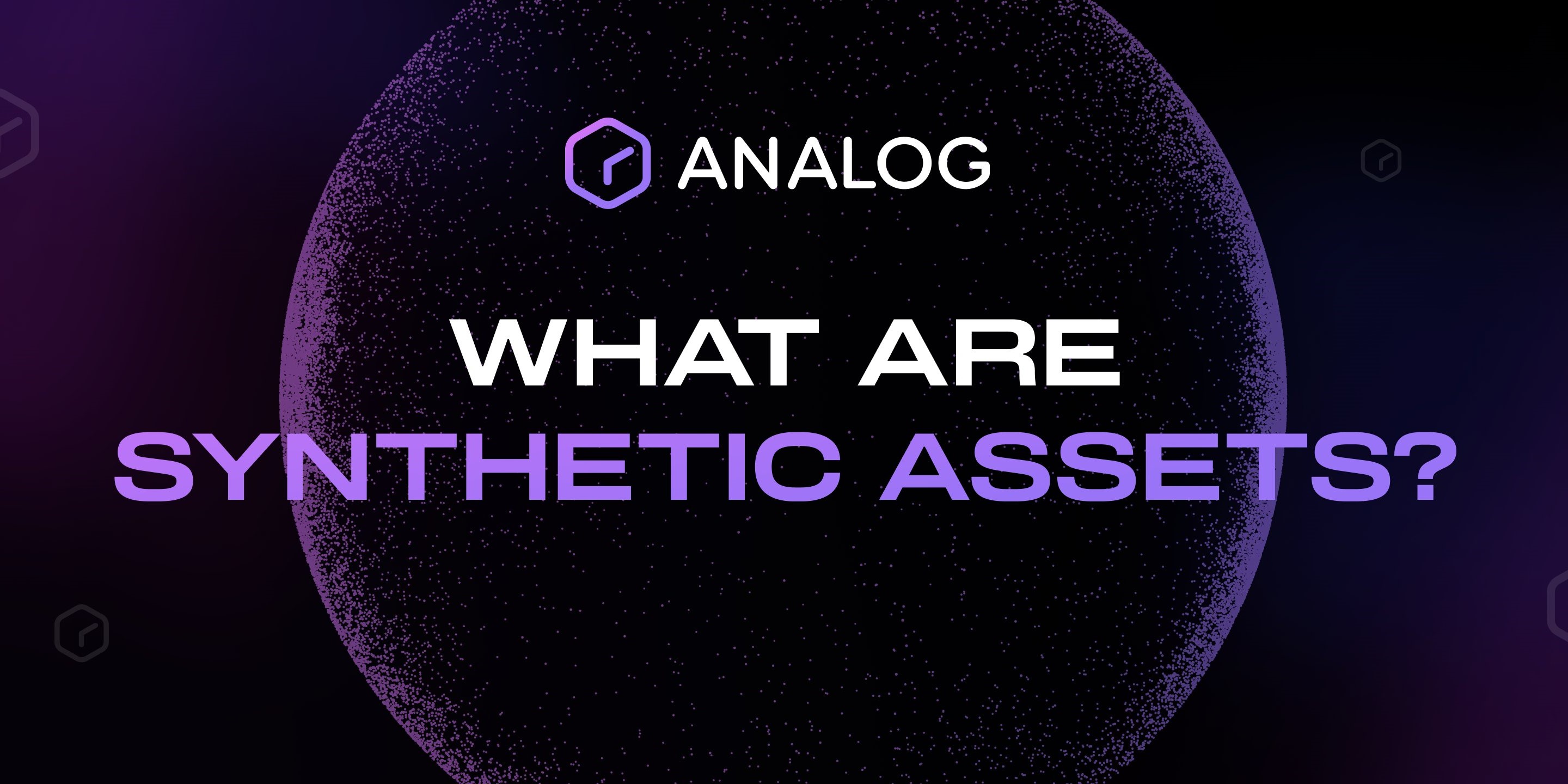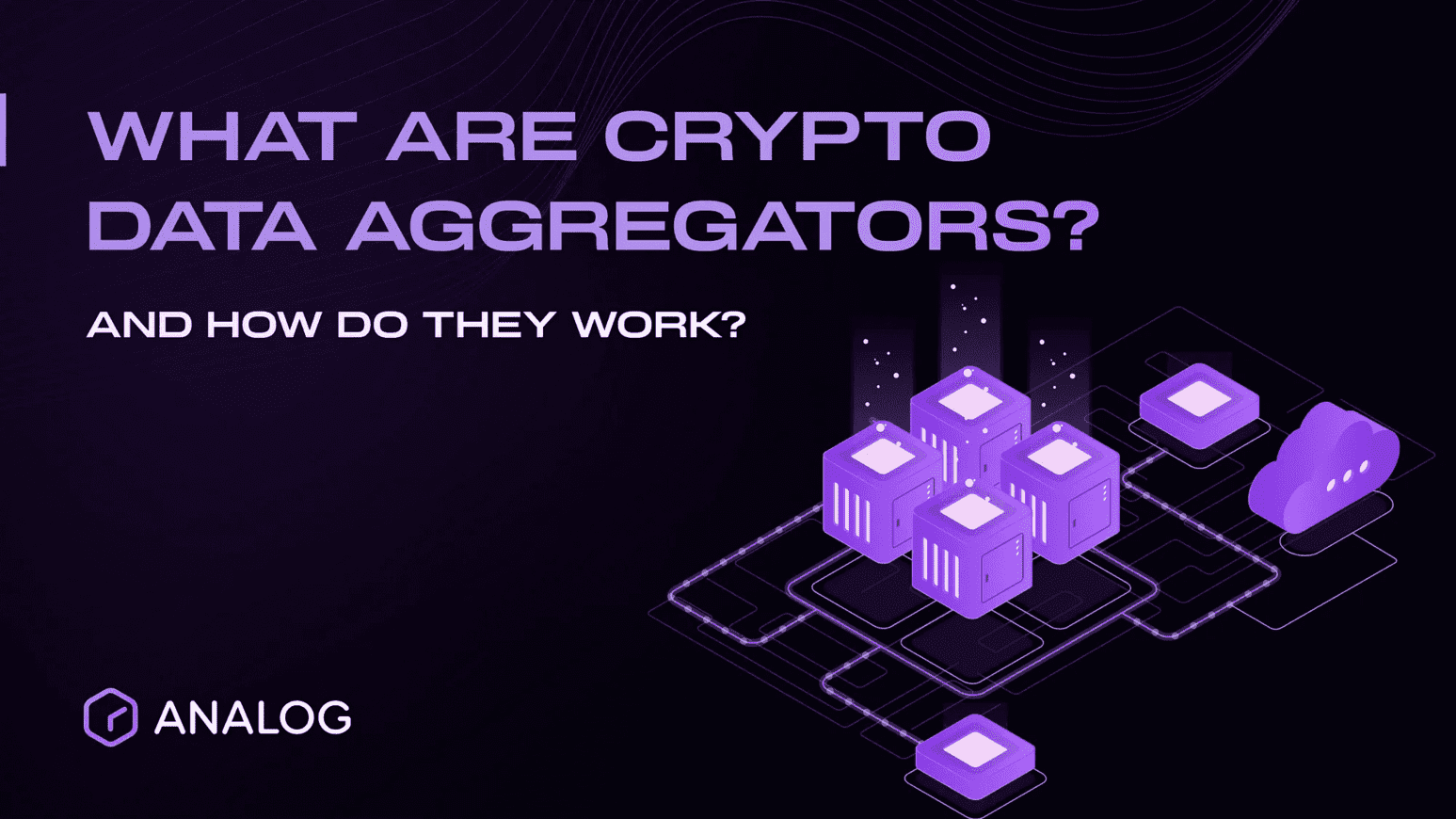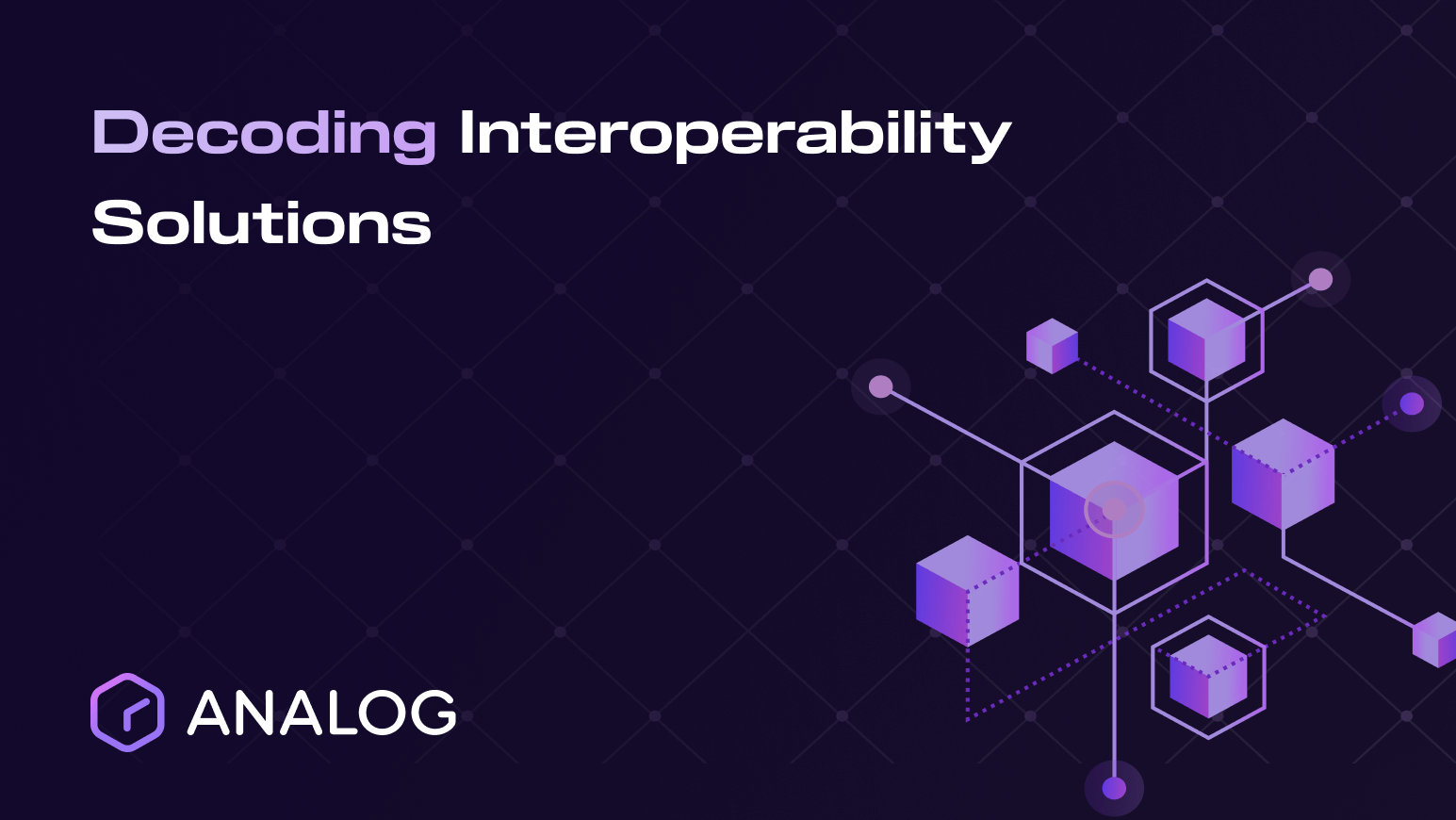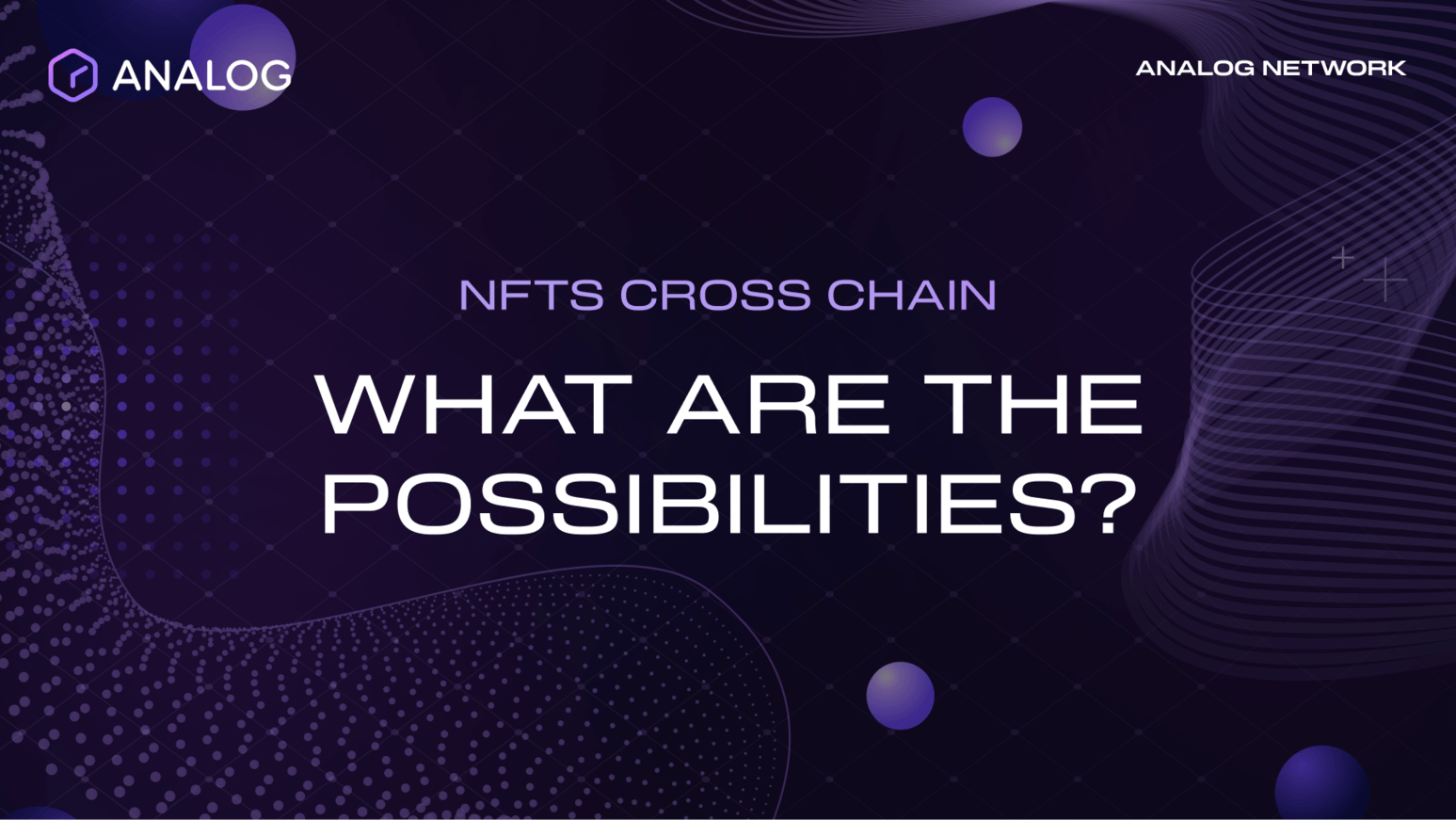
The tokenization of real-world assets (RWAs) is poised to become a $30 trillion market by the end of the decade, yet DeFi currently lacks the infrastructure to support this explosive growth.
The challenge? A disconnected blockchain ecosystem where assets and liquidity are siloed across multiple chains.
In this article, we’ll dive into the concept of synthetic assets, why they are essential for tokenizing real-world assets and how Analog is building a cross chain liquidity hub that will allow RWAs to hit this 30T market size.
What Are Synthetic Assets?
If you’ve been reading into RWA trends, you may have come across the term “synthetic assets.” While it may sound complex, the concept is simple.
Synthetic assets are digital tokens that replicate the value of real world assets like stocks, commodities, or fiat currencies, without requiring direct ownership of those assets.
The Connection Between Synthetic Assets and tokenization of RWAs
Tokenization is revolutionizing asset ownership by converting assets from the real world (think real estate, bonds, and equities) into blockchain-based tokens.
The process is very simple, just think of tokenization as turning a physical item (like a concert ticket) into a digital barcode that can be easily traded or transferred.
Now, synthetic assets take this concept further. Instead of owning the actual ticket, imagine having a digital pass that always reflects the price of a ticket, no matter where it's sold. You don’t hold the real item, but you can trade it as if you do.
This flexibility is what makes synthetic assets huge for financial markets and DeFi.
The Market Potential: A Trillion-Dollar Opportunity
Few key stats:
Currently less than 10% of DeFi liquidity is allocated to RWAs, highlighting a significant gap in adoption.
Analysts predict that RWA tokenization could grow into a $30 trillion market by the end of the decade.
BlackRock’s Ethereum-based BUIDL fund has already accumulated over $500 million in assets within its first year, highlighting institutional interest in tokenized RWAs.
But even with this huge potential we’re seeing, there’s still a massive hurdle: Liquidity.
DeFi is still highly fragmented, with assets and liquidity spread across chains like @ethereum, @solana, and @0xPolygon.
This obviously stops assets from moving efficiently from chain to chain and slows adoption.
Analog: Unifying Liquidity Across Chains
This is what we’re trying to solve at Analog.
As an omnichain protocol, we’re using our cross-chain interoperability tech to allow RWAs and synthetic assets to tap into the universal liquidity hub that we are building.
So whenever new synthetic assets are created, they’ll have access to liquidity pools from all chains rather than the one they’ve been issued on.
This is done through our Timechain technology and Threshold Signature Scheme (TSS) that removes the need for centralized bridges. This tech allows us to position ourselves as a vital component in unlocking the true potential of tokenized RWAs and synthetic assets in DeFi.
The Challenges: Risks and Regulatory Uncertainty
It’s not all sunshine and rainbows though, as despite their advantages, synthetic assets come with risks:
Oracle vulnerabilities: Oracles, which provide price feeds for synthetic assets, can be manipulated or provide inaccurate data, leading to mispricing and instability.
Smart contract exploits: DeFi platforms rely on smart contracts, but these can have security flaws. The Wormhole hack in 2022, which resulted in a $300 million loss, is a stark reminder of this risk.
Regulatory uncertainty: Governments are still determining how to regulate synthetic assets, creating potential legal challenges and compliance risks for platforms and users. What’s more, regulation may turn this industry into a centralized one versus a decentralized one, something that is against Web3’s entire ethos.
The Future of Synthetic Assets in DeFi
Synthetic assets are going to be key in the evolution of DeFi.
They give us an efficient, accessible, and borderless way to engage with real world markets: something Web3 desperately needs.
That said, if we want to take advantage of their full potential we need to overcome the liquidity fragmentation problem first.
And using our cross-chain tech, this is something our team at Analog is pushing to achieve.
Let's build.










